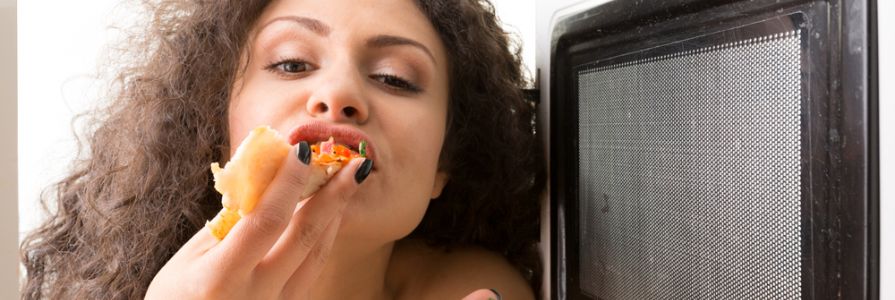Are you in tune with your internal appetite cues? Learn how to listen to your body and take control of your hunger.
Many of my weight loss clients tell me that they’re never hungry, and their statement is actually not as counterintuitive as it sounds. They’re not hungry because they never let themselves get hungry. Their internal appetite cues are so out of whack that they don’t rely on their body to tell them when it’s time to find food, and more often than not, they’re not eating out of a physical need for nourishment. Instead, they seek out food in response to an emotional trigger, such as stress or boredom, or because a tempting trigger – like the sight of fudgy brownies or the smell of freshly baked bread – is calling their name.
On the other hand, people who have never had a weight issue tend to be more in sync with their internal hunger sensor. That means they typically reach for food when their body signals that it’s low on fuel – perhaps with a quiet rumble or a little empty feeling in the gut – and push away their plate when their stomach starts to feel comfortably full. They’re less likely to grab a cookie or pastry from the office break room “just because it’s there” or dip into their snack drawer only an hour or two after finishing a meal.
If you make it through the entire day without ever feeling even the tiniest tinge of hunger, it’s a good indicator that you’re eating too often and have stopped following your body’s good advice. To recalibrate your system, I recommend purposely waiting 4 to 5 hours between breakfast, lunch, and dinner. You can certainly add a mid-morning and/or mid-afternoon snack, but keep snacks to no more than 200 calories and fuel up on filling and nutrient-rich items (think nuts, seeds, fruit, veggies and yogurt). This will help you learn to recognize hunger again and ultimately regain control over your appetite.






